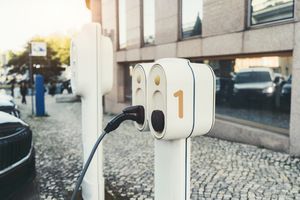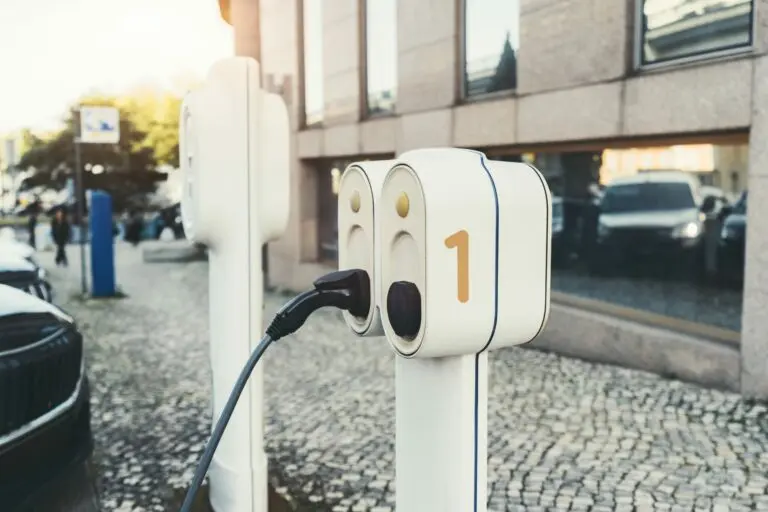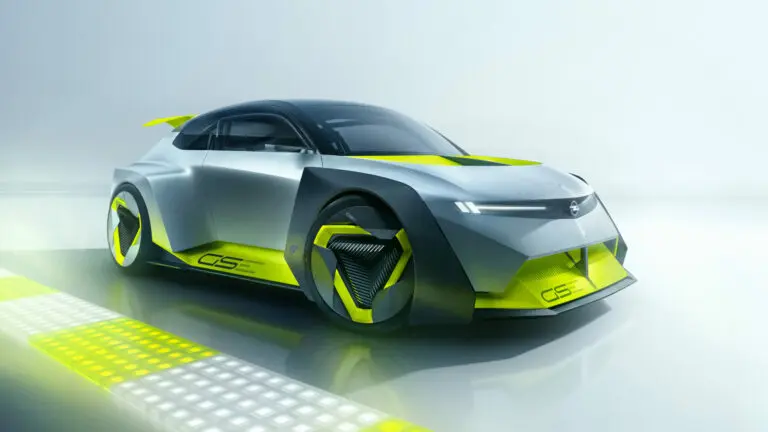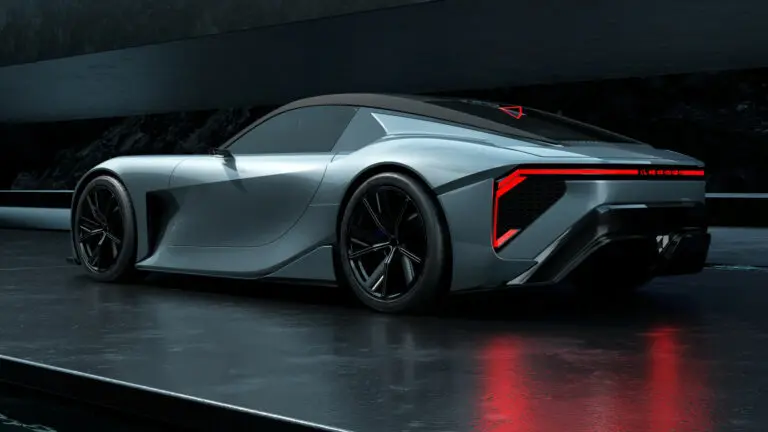Fast-charging stations are a cornerstone of the transition to electric vehicles. However, a Californian study reminds us that no technology is completely neutral. Researchers have detected occasional levels of fine particles around certain stations, linked not to the vehicles but to the electrical power cabinets.
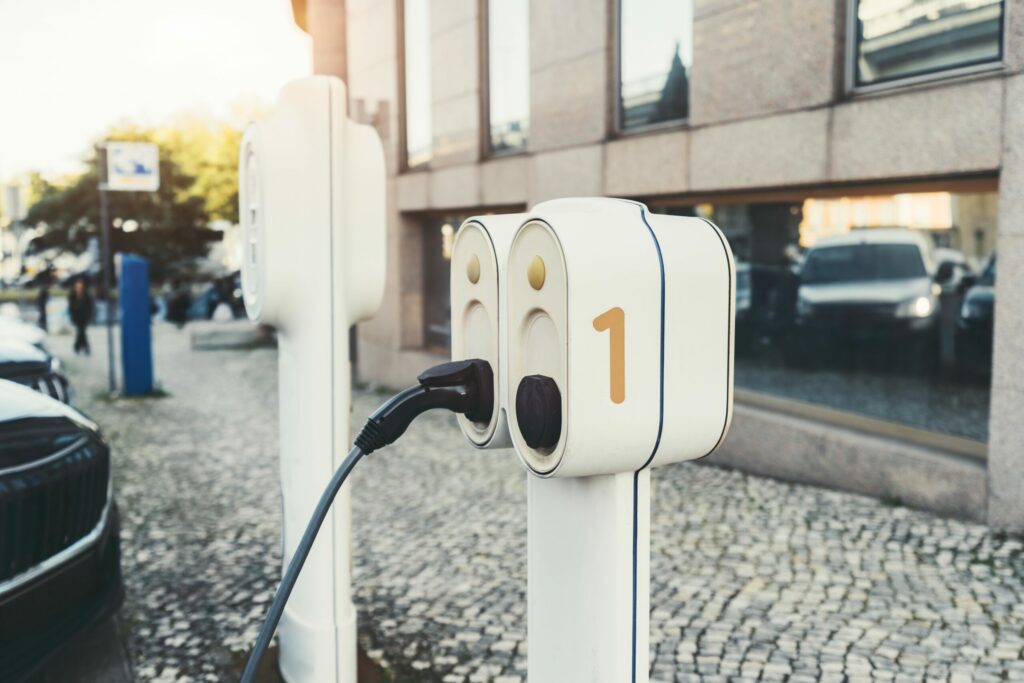
Fans involved
These cabinets convert electricity into direct current for recharging. To prevent overheating, they use powerful fans. This stirring of the air suspends the dust on the ground. It includes tyre and brake residues and urban particles. This phenomenon explains the higher concentrations observed near the stations. They are sometimes higher than those measured near service stations. Despite this, the effect remains localised and diminishes rapidly with distance.
A localised and temporary risk
The researchers insist that the pollution is not widespread. Levels fall rapidly as soon as you move a few dozen metres away. For users, a few simple precautions are all that’s needed: stay in your vehicle while charging, with the air conditioning on, or take advantage of the break to walk a few minutes further.
Solutions already identified
This observation does not call into question the overall benefits of electric cars. Electromobility is still much less harmful than internal combustion in terms of CO₂ and atmospheric pollution. What’s more, solutions do exist: improving air filters in cabinets, rethinking the layout of charging points and providing better ventilation in enclosed spaces. These are all measures that will quickly eliminate this new blind spot.
Improving the transition, not slowing it down
At a time when Europe and the United States are massively deploying recharging stations, this study serves above all as a useful warning. It shows that the energy transition must also be accompanied by vigilance with regard to indirect impacts. But far from acting as a brake, these results pave the way for technical improvements that will further strengthen the advantage of electric over internal combustion engines.

